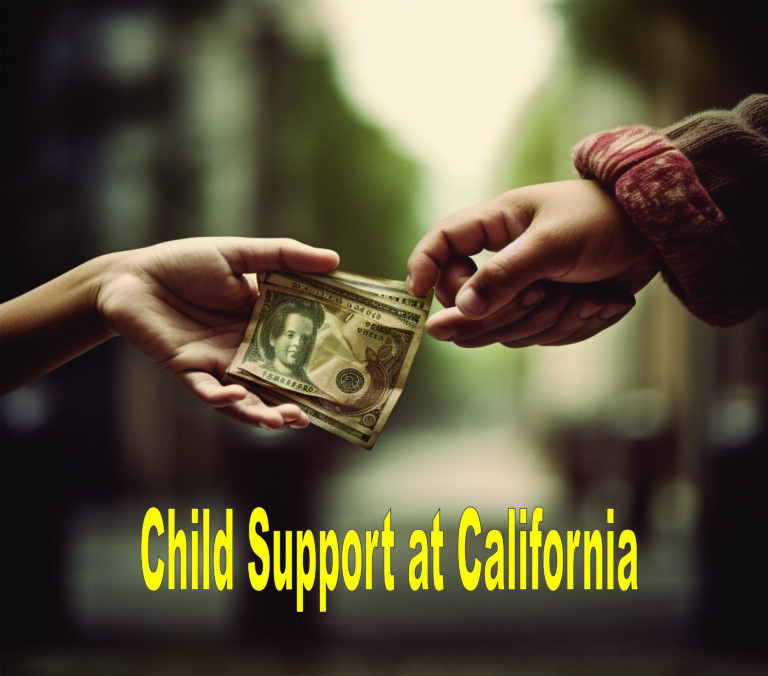Child Support in Wisconsin

Last Updated on May 22, 2024 by Kathy
There are many reasons families may separate. Parents may divorce or become separated. No matter what the status of the family is or whether the parents were married, the responsibility for the child’s care rests with both parents. This includes supporting the child financially and in other ways. Because it can improve the child’s standard of living, financial support is especially important. Hence, the child support laws in Wisconsin are in place to ensure these standards.
The Process For Child Support After Divorce
The Department of Children and Families administers the Wisconsin Child Support Program (CSP). A custodial parent can apply for services by filling out an application form. During the application process, you will need to provide some information about your parents. You will also need to provide details about the noncustodial parent and the child. You will need to provide details about the parent, including full name, phone number, date of birth and Social Security Number. Email address, residential address, employer information, as well as telephone number. There will be a $35 annual fee if the support received for the year exceeds $550.
Locating The Other Parent
The CSP helps locate the other parent and their financial assets. There are many locator services that can help you find the noncustodial parent. CSP can compare the information of the noncustodial parents with the Department of Transportation database, or with a list of recent employees in the state. If they cannot find the parent in Wisconsin, other states can help. After locating the parent, authorities will send a notice in support of child custody cases.
If the parent does not receive the notice, it may be necessary to prove the paternity. Legalization of paternity is before the child turns 19 years old. In Wisconsin, there are four methods to prove paternity. First, there is voluntary acknowledgment. If the parents are older than 18, the man can believe he is the father. The mother can also agree to fill out a Voluntary paternity Acknowledgement form. You can either fill it right after your child is born or later. If parents wish to complete the form immediately after the child’s birth, they can get a copy at the hospital. Parents who want to fill it later can go to the state Vital Records Office.
Establishment of Paternity
To establish paternity, a court hearing may be necessary. The man can request genetic testing if he disputes the fatherhood of the child. It is vital that both parents attend court; even if they are not present, they can still name the man the father of the child.
If the parents get married after the birth of their child, they may sign an Acknowledgment Of Marital Child form. You can get the form from the Vital Records Office and sign it before a notary.
Learn more about the other details regarding establishing the paternity of the child. CSP can then establish the child support after the establishment of paternity.
How To Receive Child Support
Parents with child support orders can get their child support payments in one of two ways.
Direct Deposit
To use this option, the parent must have a checking or savings account at a bank. Direct Deposit allows parents to electronically transfer their child support funds to an approved bank account once they become available. To sign up for Direct Deposit, the parent must fill a Direct Deposit Authorization Form.
Debit card (EPPIC Debit MasterCard)
If parents do not have a bank or do not want to link their bank account with the child support case, they can choose to receive payments via the Wisconsin EPPIC Debit MasterCard. Comerica Bank issues this debit card. They load the funds are automatically once they become available. The Trust Fund will process the first support payment and automatically enroll the card. You can use the card at any place that accepts MasterCard.
The Maximum Amount That Your Family Can Receive For Child Support
Wisconsin uses the Percentage Income Standard to calculate how much child support will be. This standard gives guidelines and considers that both parents should share childcare responsibilities, regardless of whether they live together. When using the child support guidelines, there are special considerations to account. Additionally, these include the parent’s obligation to other children from other relationships, the amount of time that the child spends with each parent and the income of both parents. Income includes business interests, stock, wages, worker’s comp, life insurance, and business investments. The parent’s earning ability may also affect income. If a parent is unwillingly unemployed or underemployed, this is necessary.
Enforcement of Child Support
Sometimes, noncustodial parents default on child support payments. That’s why there are tools available to enforce the child support order in such cases. These child enforcement actions include:
- Income Withholding: This is one of the most popular ways child support can be collected. This involves deducting a specific amount from the wages of the noncustodial parents before they are paid. It is typically ordered when the child support case has been filed. However, it is not effective if the parent is self employed or makes income from assets.
- Intercepting Tax Rebates: Parent’s tax refunds are sent directly to the Child Support Trust Fund, where they are applied to the child support case and not paid to them.
- Passport Renewal or Deny: If a parent owes $2500 (including interest), the U.S. State Department won’t issue or renew the parent’s passport.
- Refraining from Grants and Loans: Parents who exceed certain levels of child support debt will be denied small-business loans or college grants.
- Suspending licenses








